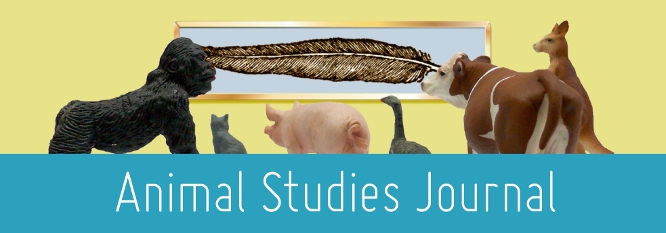Home > assh > ASJ > Vol. 6 (2017) > No. 2

Abstract
This paper addresses the meaning of the word ‘sanctuary’ from the point of view of its usage in English, as it emerges from dictionary and corpus sources, in contexts related to nonhuman animals. Specific attention is paid to the semantic prosody (Louw; Stewart) and semantic preference (Sinclair ‘The Search’) of this word, as well as to the relationship between ‘sanctuaries’ and other semantically related lexical items that identify places where nonhuman animals are confined and/or protected (e.g. nature reserves, national parks, animal shelters, zoos). Firstly, the paper provides a general overview of the main theoretical issues behind the nature and use of electronic language corpora for the analysis of discourse, and it reviews how these tools have been used in critical studies on the linguistic and cultural understanding of nonhuman animals and their relationship with humans (Human-Animal Studies, or HAS). Secondly, this methodology is applied to the word ‘sanctuary,’ showing the different kinds of information that can be retrieved about its meaning by using either dictionaries or electronic language corpora: more specifically, the dictionary used for this study is the Oxford English Dictionary, and the corpus source is the British National Corpus. The analysis reveals that corpora are more complete in terms of the amount of contextual information they provide, making it possible to detect the presence of ideologies and other systems of belief that are associated with the animal sanctuary as a site both of protection and of captivity. Findings actually suggest that the most reliable approach to obtain a thorough understanding of the meaning of the word ‘sanctuary’ consists in using both dictionary and corpus resources. Finally, some conclusions and suggestions for future research are offered, based on the strengths and limits of the corpus data used for this study.
Recommended Citation
Fusari, Sabrina, What is an Animal Sanctuary? Evidence from Applied Linguistics, Animal Studies Journal, 6(2), 2017, 137-160.Available at:https://ro.uow.edu.au/asj/vol6/iss2/8
Included in
Art and Design Commons, Australian Studies Commons, Creative Writing Commons, Digital Humanities Commons, Education Commons, Feminist, Gender, and Sexuality Studies Commons, Film and Media Studies Commons, Fine Arts Commons, Philosophy Commons, Social and Behavioral Sciences Commons, Theatre and Performance Studies Commons

